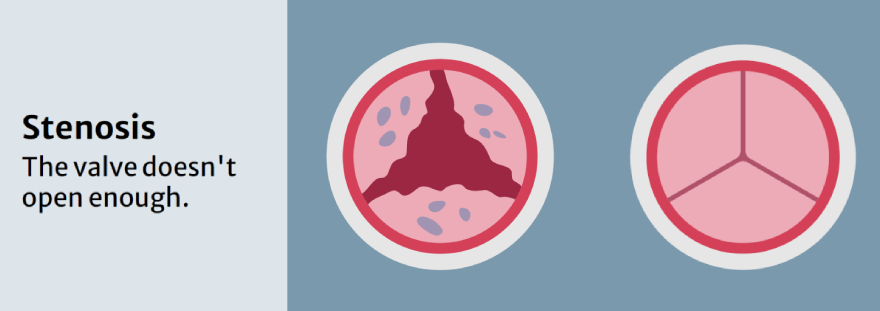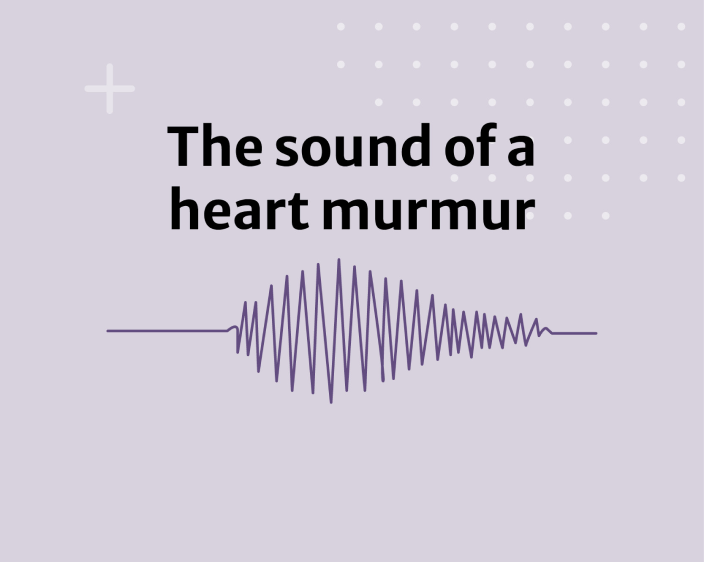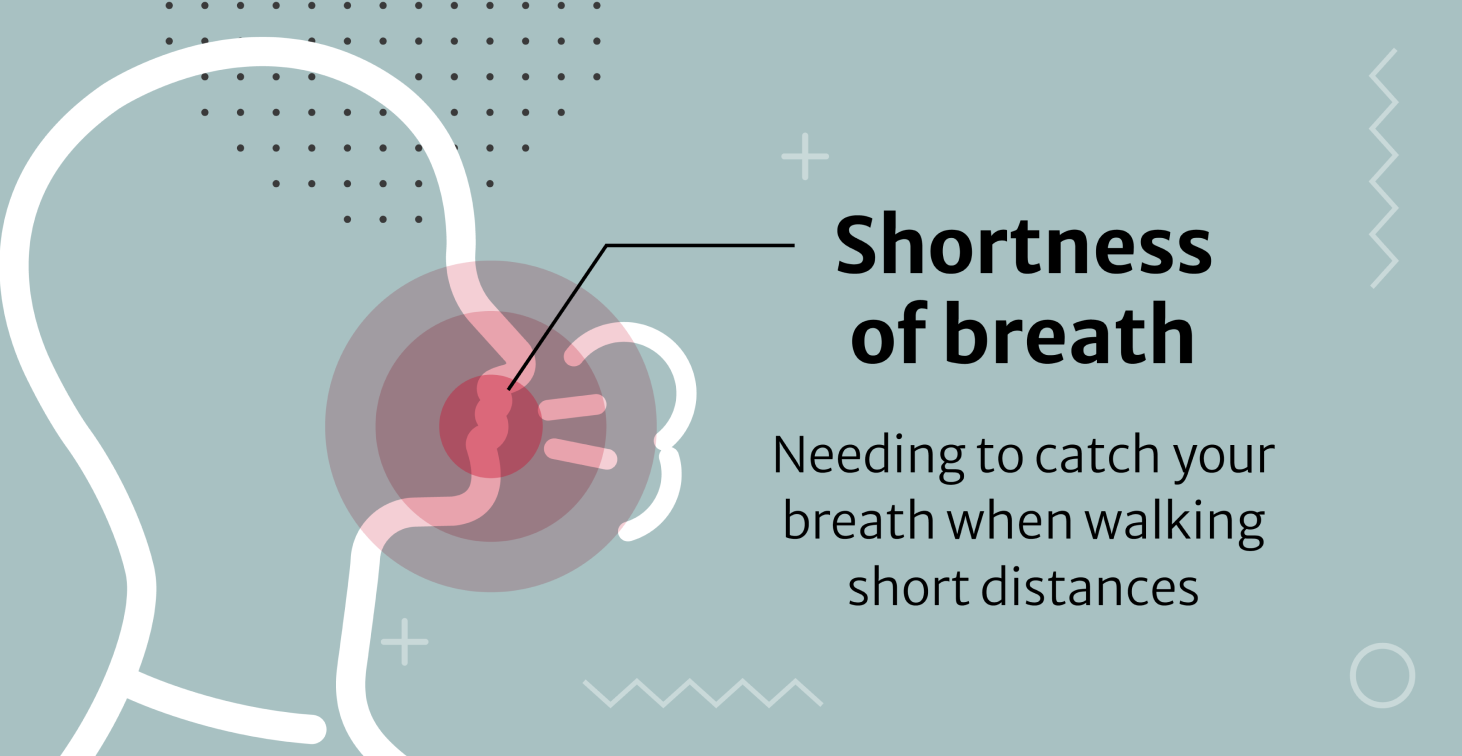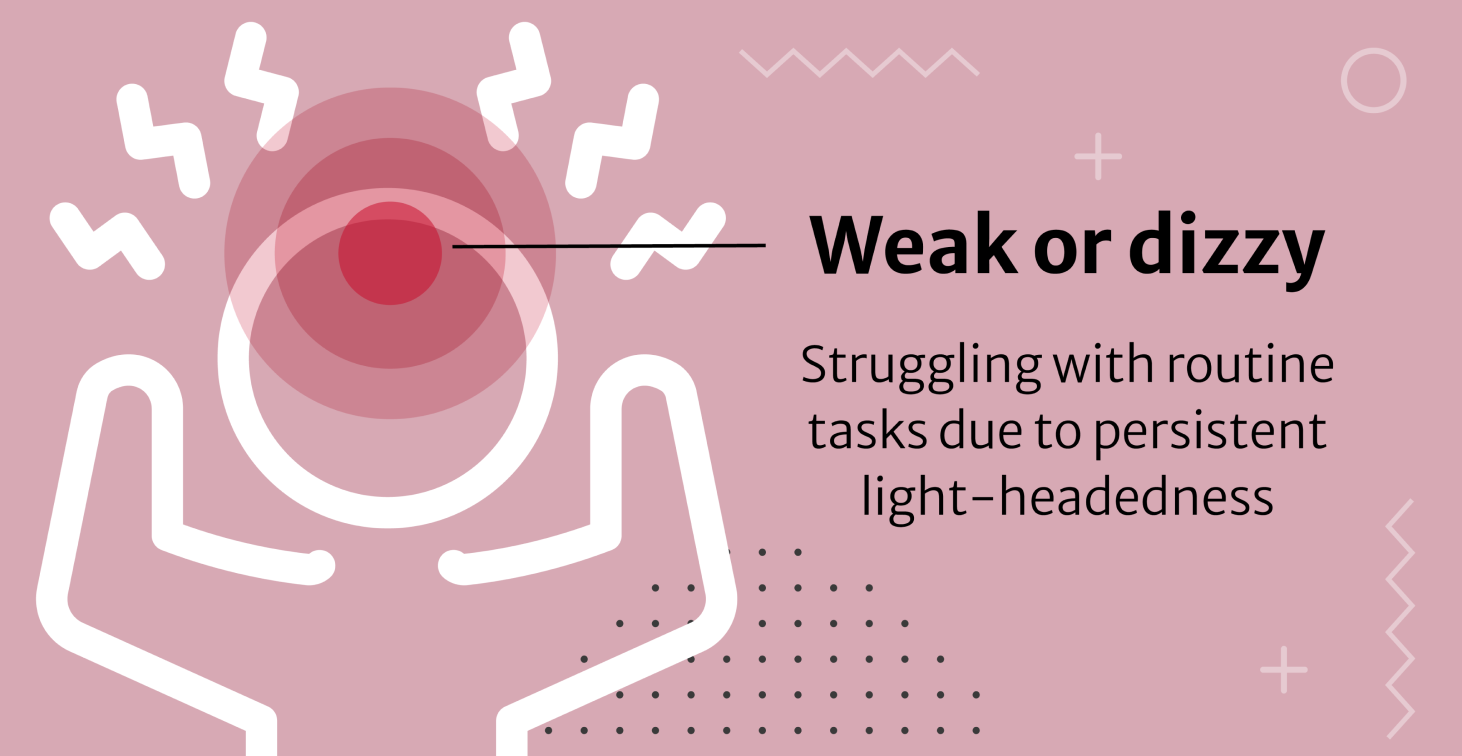What is aortic stenosis?
The heart’s aortic valve has three thin flaps, which open and close to allow blood flow from the heart to the entire body.1
With aortic stenosis, this valve does not function properly.1
Sometimes the leaflets of the aortic valve become stiff, which causes a narrowing of the aortic valve opening. This means the valve cannot fully open and close like it should. As the opening becomes smaller, it makes it harder for the heart to pump blood, which can affect your health2
Insufficient blood reaching the body causes breathlessness, fatigue and dizziness, among other symptoms.
* Slide to the left to see the difference between a normal valve and one with stenosis
How would I know if I might have aortic stenosis?
‘Heart murmur’ is a common sign of aortic stenosis. Your doctor might listen to the sounds of your heart with a stethoscope (auscultation) to detect it.3
A cardiologist can confirm aortic stenosis by doing an echocardiogram.3
Risk Factors

Old age
Thickening of valves due to aging or calcium buildup3

Infection/inflammation
Infections like rheumatic fever, which may thicken the heart valves3,4

Birth defects
Missing or malformed heart valves at birth4

Heart conditions
Heart attack, failure or infection causing heart valve damage3
Can aortic stenosis get worse over time?
Aortic stenosis is a progressive disease and typically occurs in 3 stages. It starts at a mild stage, progresses to moderate and subsequently, severe stages.6
The stage of aortic stenosis depends on how damaged your aortic valve is.
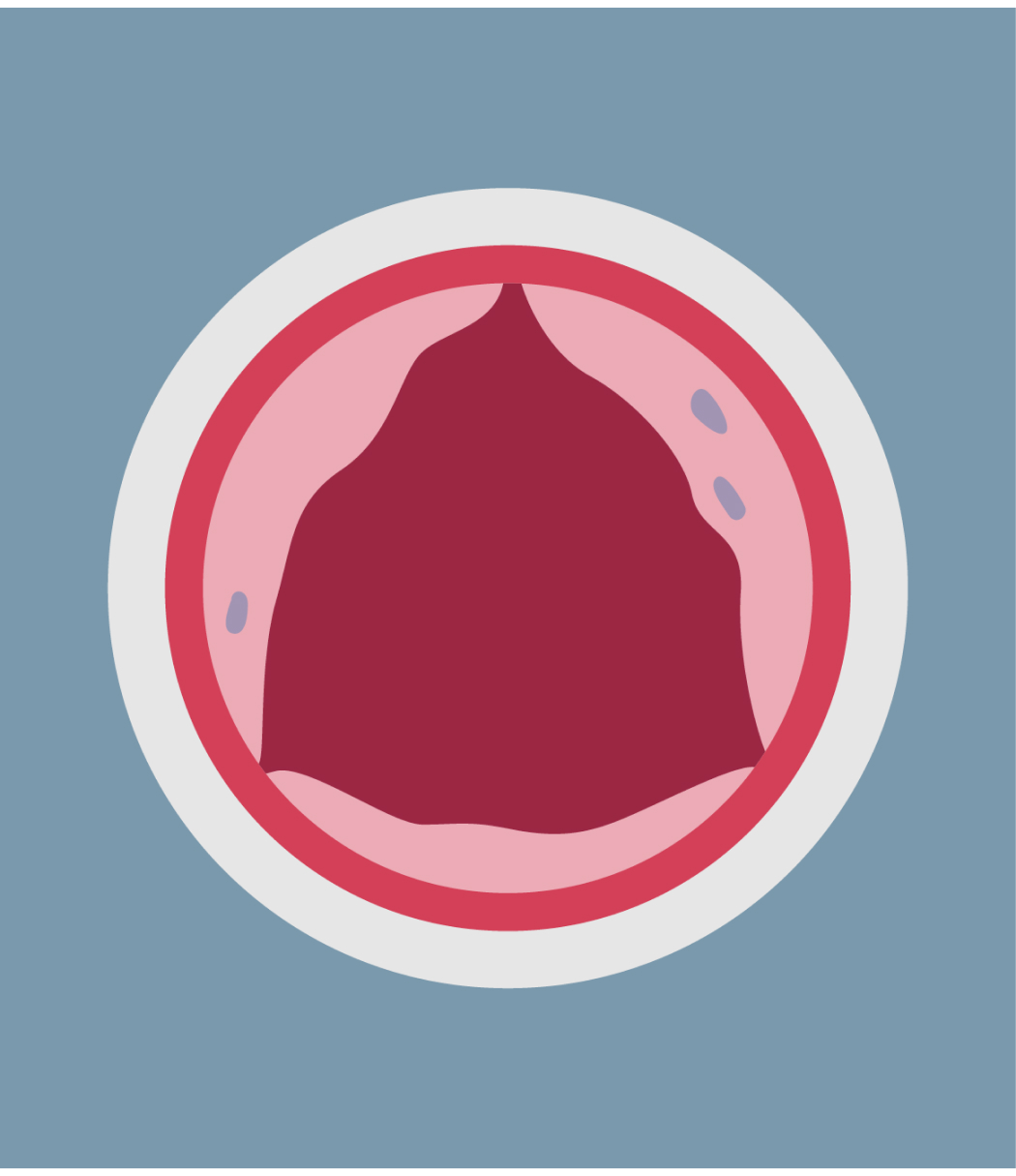
Mild
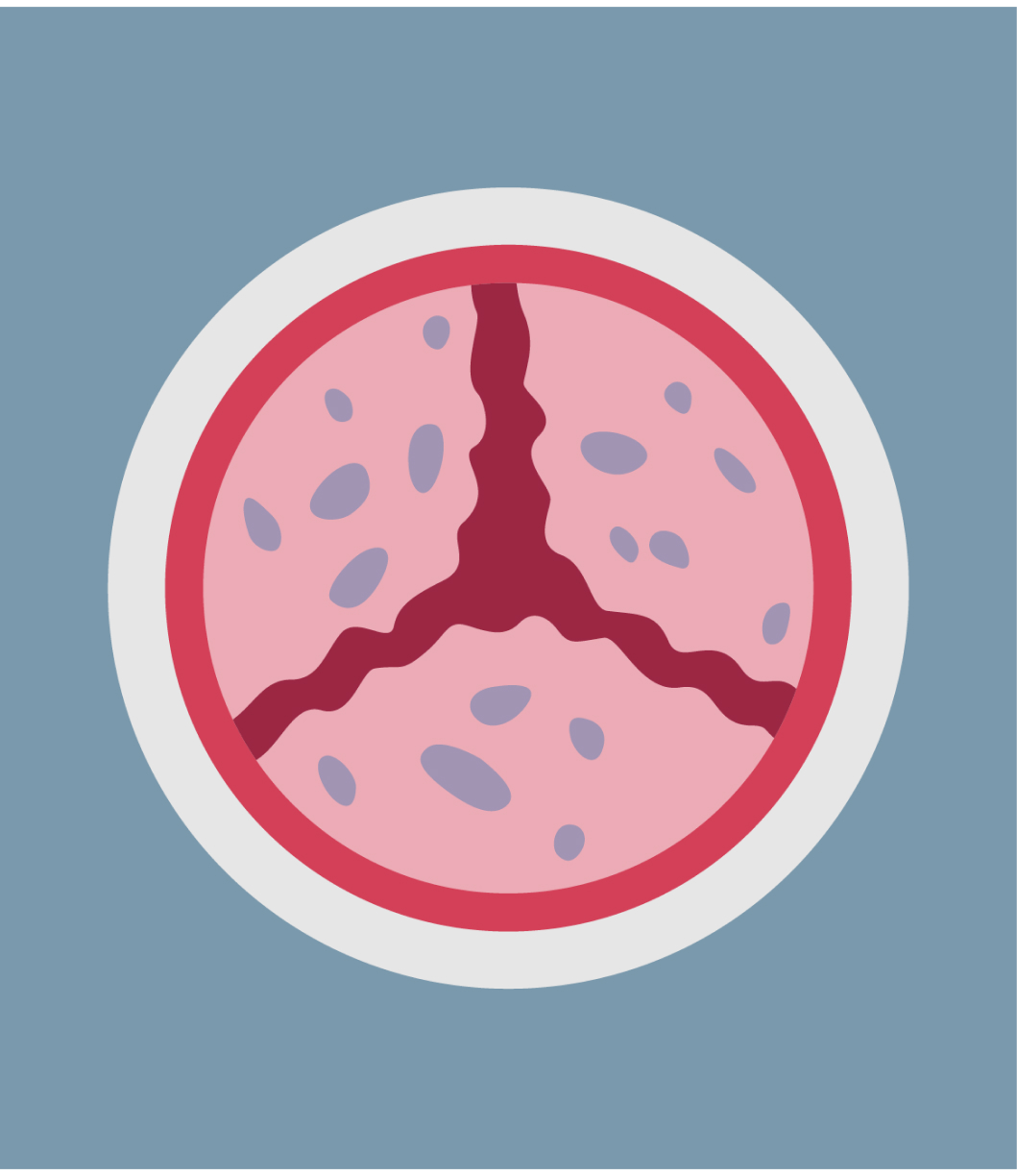
Moderate
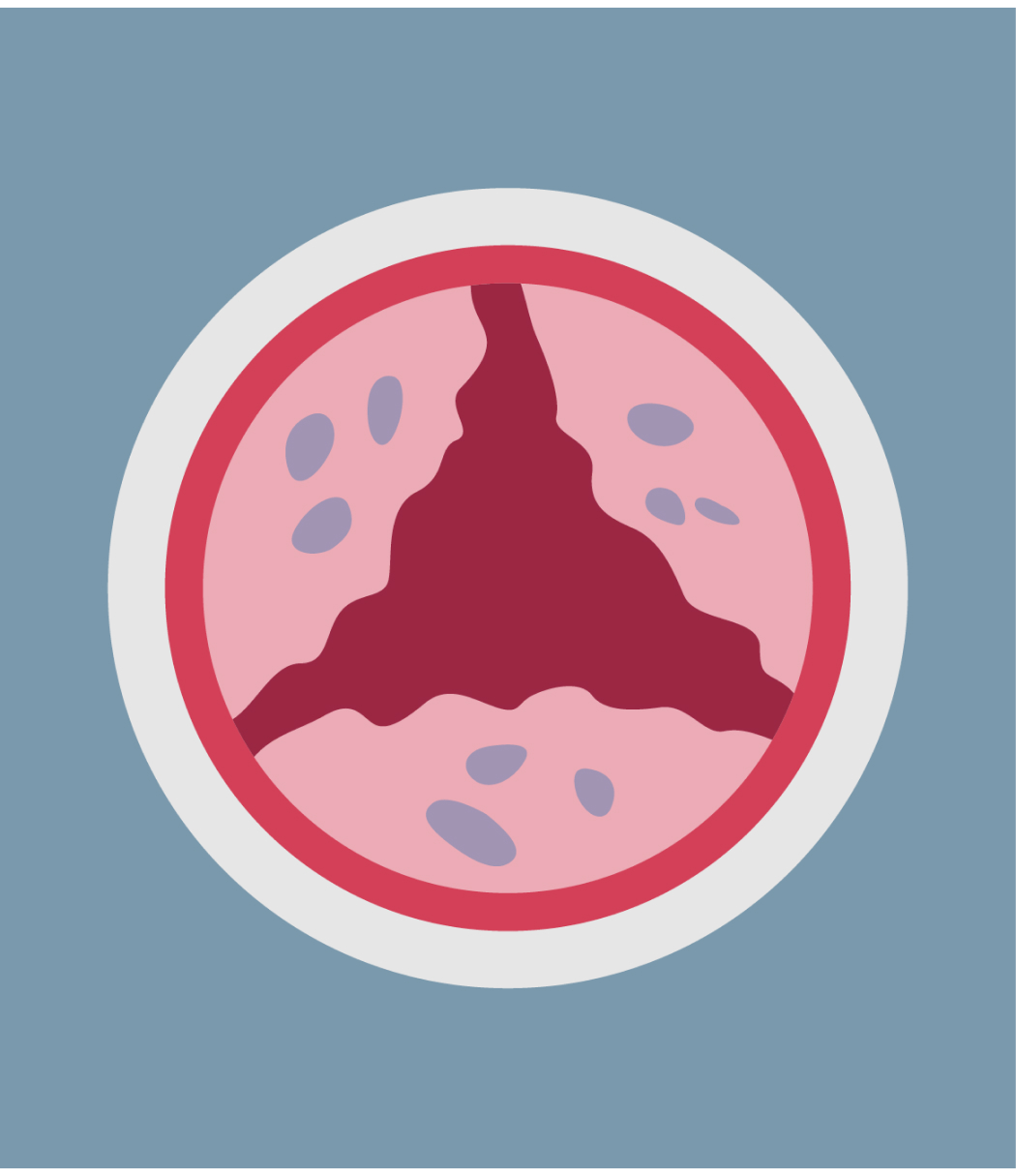
Severe
Unless treated, only 1 in 2 people with severe aortic stenosis will survive for 2 years.5
Do not delay getting your heart checked. Visit your doctor today.
Guide for talking to your doctor Patient stories
References
1. Mayo Clinic. Bicuspid aortic valve. Available at: https://www.mayoclinic.org/diseases-conditions/bicuspid-aortic-valve/cdc-20385577. Accessed 17 October 2023.
2. Bouma BJ, van den Brink RBA, van der Meulen JHP et al. To operate or not on elderly patients with aortic stenosis: the decision and its consequences. Heart 1999 Aug; 82: 143–8.
3. Centers for Disease Control and Prevention. Valvular Heart Disease. Available at: https://www.cdc.gov/heart... Accessed 17 October 2023.
4. Mayo Clinic. Heart Valve Disease. Available at: https://www.mayoclinic.org/diseases-conditions/heart-valve-disease/symptoms-causes/syc-20353727. Accessed 17 October 2023.
5. American Heart Association. Aortic Stenosis Overview. Available at: https://www.heart.org/en/health-topics/heart-valve-problems-and-disease/heart-valve-problems-and-causes. Accessed 17 October 2023.
6. American Heart Association. Managing Aortic Stenosis Symptoms. https://www.heart.org/en/health-topics/heart-valve-problems-and-disease/heart-valve-disease-risks-signs-and-symptoms/managing-aortic-stenosis-symptoms/. Accessed 17 October 2023.



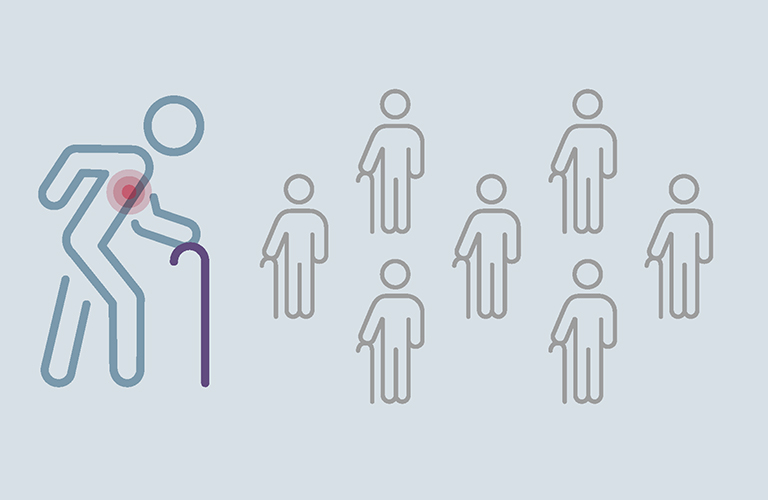
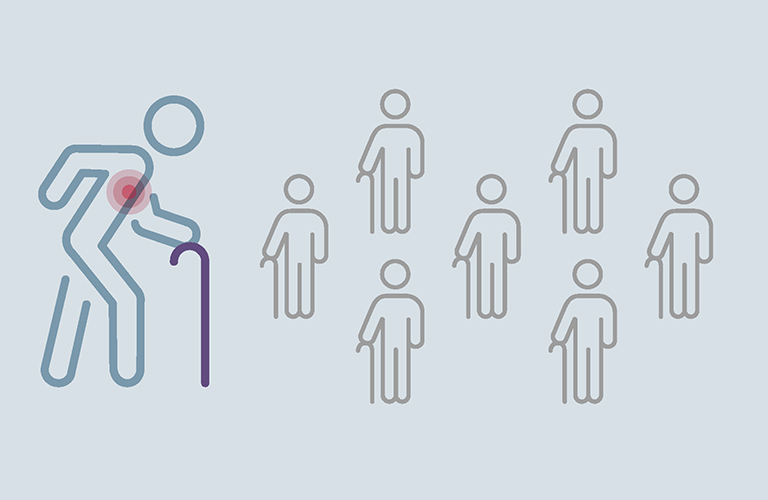


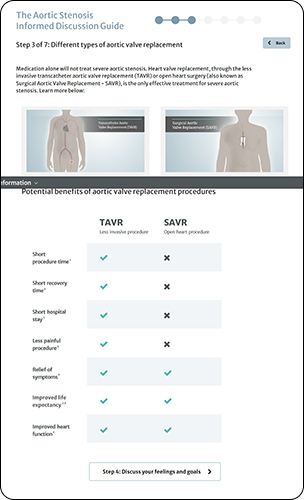
 Australia
Australia
 Brazil
Brazil
 Canada - French
Canada - French
 China - Taiwan
China - Taiwan
 Denmark
Denmark
 Finland
Finland
 Germany
Germany
 Italy
Italy
 Netherlands
Netherlands
 New Zealand
New Zealand
 Norway
Norway
 South Korea
South Korea
 Southeast Asia
Southeast Asia
 Sweden
Sweden
 United Kingdom
United Kingdom
 United States
United States


